
10 Essential Harvesting Tips to Consider
2/13/20253 min read
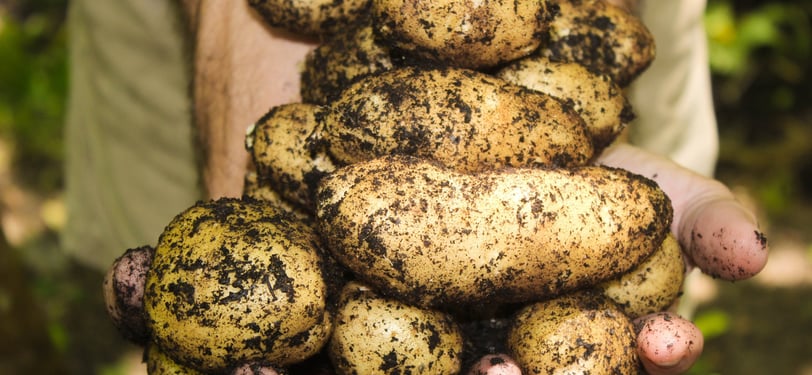

Welcome to Your Bountiful Harvest!
As the sun begins to warm the soil and the air fills with fragrant blooms, passionate garden enthusiasts know that the time for harvesting is just around the corner. Picture this: your garden bursting with vibrant colors, the air filled with the refreshing scent of fresh produce, and the satisfaction of knowing you cultivated every bite. But before you dive headfirst into your harvest, let’s explore 10 essential harvesting tips to ensure your efforts yield the most bountiful rewards!
1. Timing is Everything
Knowing when to harvest is crucial. Each plant has its ideal picking time, so pay attention to the color, size, and texture. For instance, tomatoes should be harvested when they're slightly soft to the touch, and cucumbers are best picked when they're about the size of a baseball. A simple chart for each crop can help you track the right timing.
2. Use the Right Tools
Make sure you have the right harvesting tools on hand. Sharp scissors or pruners can make a world of difference, preventing damage to plants and ensuring clean cuts. Consider adding a basket for an easy and inviting way to collect your produce.
3. Morning Harvests
The best time for harvesting is early in the morning. This allows you to collect produce at its freshest while keeping moisture levels high, which is essential for maintaining flavor and nutrient density. Plus, your plants are less stressed from heat!
4. Harvest with Care
When harvesting, be gentle. Tugging or pulling can damage roots or nearby plants. Instead, use a twisting motion when picking fruits like peppers or zucchinis. For root veggies like carrots and potatoes, gently fork them out to avoid breakage.
5. Keep It Clean
Make sure to wash your hands before and after harvesting, and clean your tools after each use. This reduces the risk of spreading diseases and ensures your harvest remains healthy and safe to eat.
6. Pay Attention to Weather
Humidity and rain can impact storage, so avoid harvesting on damp days. If rain is on the horizon, try to gather what you can before the skies open up. Drier produce means better storage longevity!
7. Store Wisely
Proper storage is essential to the longevity of your exceptional harvest. Some veggies thrive in cool, dark areas, while others are best stored in the fridge. For example, store carrots in humid environments, while tomatoes should sit at room temperature to maintain their flavor.
8. Manage Ethylene Exposure
Some fruits, like apples and bananas, naturally produce ethylene gas that can accelerate ripening and spoilage in nearby produce. Harvest and store these ethylene-producing items separately from sensitive vegetables to maintain optimal freshness and extend shelf life.
9. Rapid Post-Harvest Cooling
Immediately cooling your produce right after harvest is crucial for preserving flavor, texture, and nutrients. Use methods such as cool water dips, shaded resting areas, or transferring items to a refrigerated space to slow down metabolic processes and reduce spoilage.
10. Sort and Grade Your Harvest
Right after picking, take a few moments to sort your produce by quality, size, and ripeness. This systematic approach not only helps you prioritize which items to use first but also provides valuable feedback to refine your harvesting techniques for future seasons.
And remember, sharing your experiences online with pictures of your harvest is always welcomed in the gardening community!
Happy harvesting, garden enthusiasts! May your season be full of fruitful picks and wonderful memories!
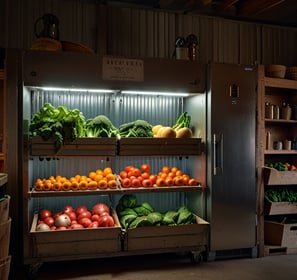

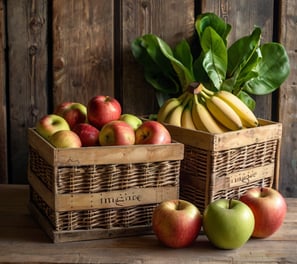

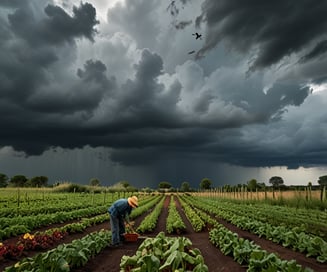

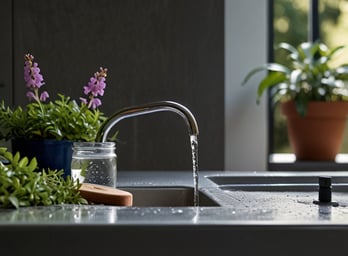

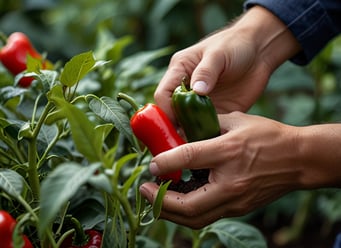

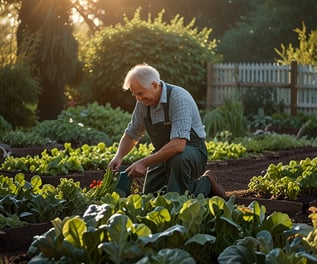

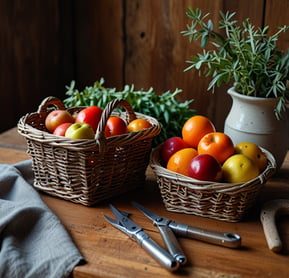

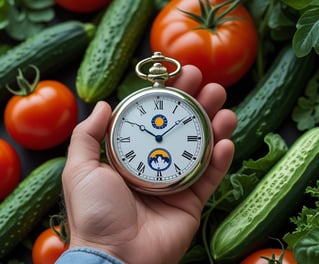

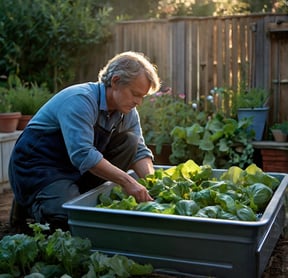

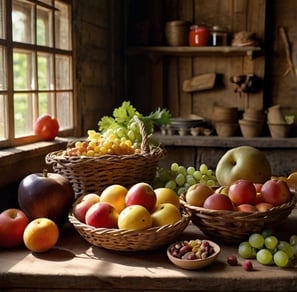

Connect
Join our community for gardening inspiration and tips.
Explore
Inspire
info@gardenelegancehub.com
© 2025. All rights reserved.